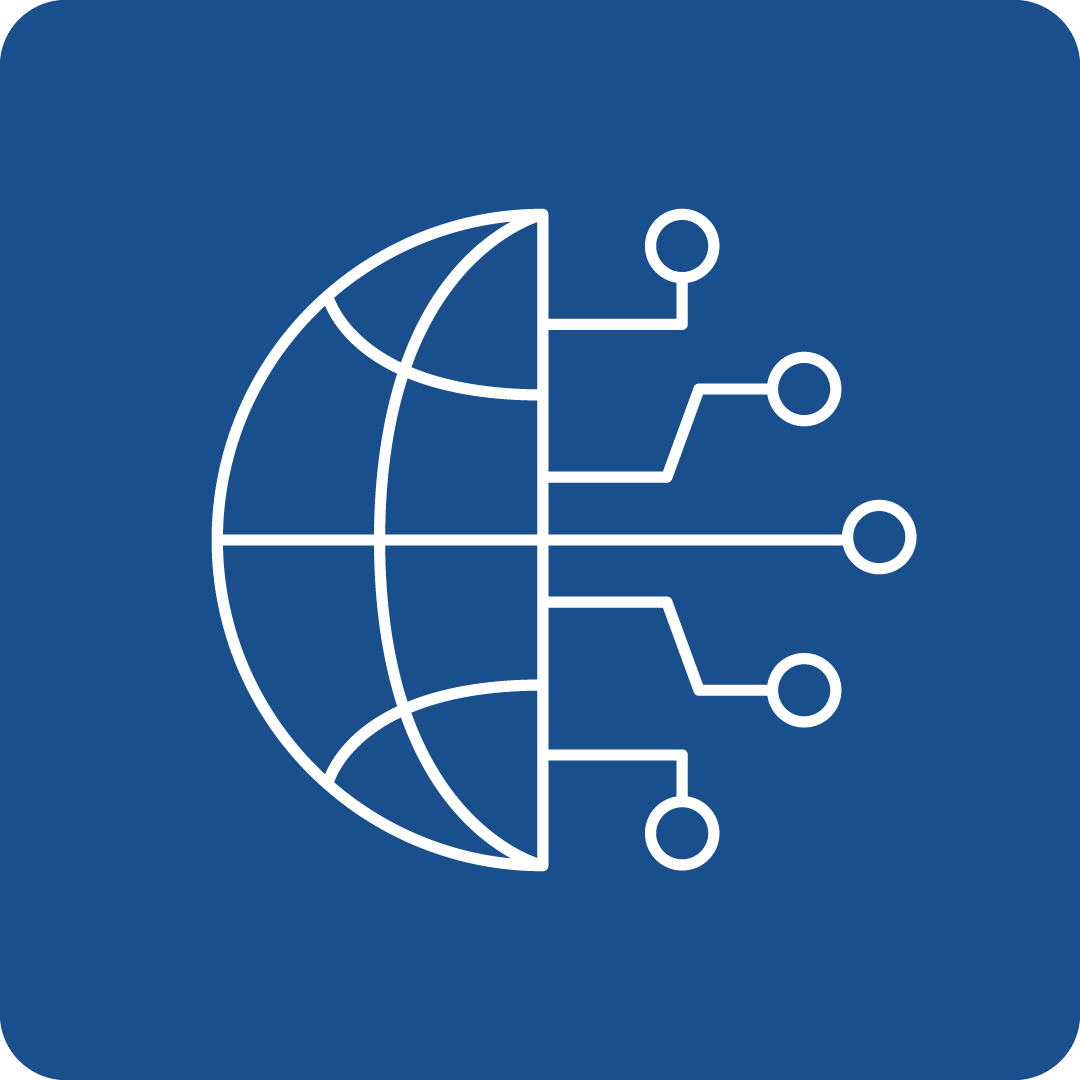Filter Search for grants
Call Navigation
Deadline expired
The deadline for this call has expired.
Call key data
Cost-effective sustainable technologies and crisis management strategies for RN large-scale protection of population and infrastructures after a nuclear blast or nuclear facility incident
Funding Program
Horizon Europe: Cluster 3 - Civil security for society
Call number
HORIZON-CL3-2024-DRS-01-05
deadlines
Opening
27.06.2024
Deadline
20.11.2024 17:00
Funding rate
100%
Call budget
€ 6,000,000.00
Estimated EU contribution per project
€ 6,000,000.00
Link to the call
Link to the submission
Call content
short description
Projects are designed to develop cost-effective sustainable technologies and crisis management strategies following a nuclear explosion or incident at a nuclear facility for the large-scale protection of the population and infrastructure.
Call objectives
A nuclear explosion in any EU member country (or in the European neighbourhood) would lead to disastrous effects for numerous EU citizens and residents. For example, the initial effects from a nuclear explosion in a city will lead to, besides numerous dead and severely injured citizens, destroyed infrastructure. The radioactive plume containing particulate matter may damage ventilation systems and fallout will generate high dose rates. Criticality or other incidents at nuclear power plants and nuclear-powered vessels may occur because of direct attack, sabotage, collateral damage, accidents, loss of infrastructure services such as power and/or water supply or lack of necessary skilled personnel on site.
Research on large-scale protection of population and infrastructure in the event of a nuclear explosion need to be undertaken both separately as well as in a RN-perspective. Research activities aimed at updating EU’s possibilities for large-scale protection of population and infrastructure in the event of a nuclear explosion would benefit from being carried out in close cooperation with other EU-members. Research activities should also pertain to improved understanding of the radioactive fallout and assessment of dose rates to the population following a nuclear explosion in order to enable use of cost-effective sustainable technologies in protection of population and infrastructures.
In a situation after a RN-incident the time consuming and laborious decontamination procedures for the population must be reduced to a minimum. Therefore, the possibility to identifying the need for decontamination, and above all to assess that there is no need for decontamination would be beneficial as well as the possibility to enter a shelter or other protected area in a safe way.
Protective measures in the aftermath of a RN disaster may vary depending on situations. Such measures should be based on evaluated risks rather than probabilities. Starting with sensor- as well as other available data, measures could be optimized from a risk-cost point-of-view resulting in cost-effectiveness.
Based on measurement data, appropriate protective actions could be decided upon. If a risk analysis results in a low risk, a lower level of mitigating measures might be needed resulting in lower costs. Then resources can be used in other areas where they are more needed, leading to an overall optimized protection.
Protective actions should be based on risk modelling. Such modelling is based on available knowledge of different input quantities resulting in a probability distribution, from which the risk can be calculated applying a consequence function.
New technologies should be compatible with RN crisis management systems, strategies for crisis communication and take into account relevant societal and human factors, such as vulnerable group and cultural and linguistic diversities. In order to achieve the expected outcomes, international cooperation is encouraged. The action should take due consideration to EU policies, in particular the SevesoIII and CER Directives.
This topic requires the effective contribution of SSH disciplines and the involvement of SSH experts, institutions as well as the inclusion of relevant SSH expertise, in order to produce meaningful and significant effects enhancing the societal impact of the related research/innovation activities.
Within this topic, the European Commission encourages all potential participants to create, where possible, opportunities for the affected persons and entities, in particular researchers and innovators previously active in Ukraine as well as Ukrainian researchers and innovators who are unable to return to Ukraine in the given circumstances.
read more
Expected results
Projects’ results are expected to contribute to some or all of the following outcomes:
- Based on existing national practices, improved understanding of the radioactive fallout and methodology regarding robust and rapid monitoring of dose rate and nuclide specific determination with purpose of facilitating safe evacuation after a nuclear or radiological event;
- Improved tools and methods for risk assessment following a nuclear or radiological event and optimized actions after a disaster that are based on risk analysis rather than probabilities
- Identification of the relevant range of different protective measures, including medical countermeasures, needed after a RN disaster, and improved protection of population and infrastructures through better analysis of sensor data resulting in adequate protective actions;
- Improved understanding of contamination and decontamination of population and infrastructure, and improved rapid procedures for decontamination of individuals after a RN-incident;
- Recommendations on integration of improved technologies and assessment methodologies in the RN crisis managements systems.
read more
Eligibility Criteria
Regions / countries for funding
Moldova (Moldova), Albania (Shqipëria), Armenia (Հայաստան), Azerbaijan (Azərbaycan), Belarus (Беларусь), Bosnia and Herzegovina (Bosna i Hercegovina / Босна и Херцеговина), Faeroes (Føroyar / Færøerne), Georgia (საქართველო), Iceland (Ísland), Israel (ישראל / إِسْرَائِيل), Kosovo (Kosova/Kosovë / Косово), Montenegro (Црна Гора), Morocco (المغرب), New Zealand (Aotearoa), North Macedonia (Северна Македонија), Norway (Norge), Serbia (Srbija/Сpбија), Tunisia (تونس /Tūnis), Türkiye, Ukraine (Україна), United Kingdom
eligible entities
Education and training institution, International organization, Non-Profit Organisation (NPO) / Non-Governmental Organisation (NGO), Other, Private institution, incl. private company (private for profit), Public Body (national, regional and local; incl. EGTCs), Research Institution incl. University, Small and medium-sized enterprise (SME)
Mandatory partnership
Yes
Project Partnership
Unless otherwise provided for in the specific call conditions , legal entities forming a consortium are eligible to participate in actions provided that the consortium includes:
- at least one independent legal entity established in a Member State;and
- at least two other independent legal entities, each established in different Member States or Associated Countries.
The JRC, international European research organisations and legal entities created under EU law are deemed to be established in a Member State other than those in which the other legal entities participating in the action are established.
Applications for ‘Training and mobility’actions and for ‘Programme co-fund’ actions may be submitted by one or more legal entities, provided that one of those legal entities is established in a Member State or an Associated Country.
Applications for ‘Coordination and support’ actions may be submitted by one or more legal entities, which may be established in a Member State, Associated Country or, in exceptional cases and if provided for in the specific call conditions, in another third country.
Applications for ‘Pre-commercial procurement’ actions and ‘Public procurement of innovative solutions’ actions must include as beneficiaries a ‘buyers’ group’. This group must consist of a minimum of two independent legal entities that are public procurers, each established in a different Member State or Associated Country and with at least one of them established in a Member State.
Eligible non-EU countries:
- countries associated to Horizon Europe
Please see the List of Participating Countries in Horizon Europe for an up-to-date list of countries with which the association agreements have started to produce legal effects (either through provisional application or their entry into force).
- low-and middle-income countries
Legal entities which are established in countries not listed above will be eligible for funding if provided for in the specific call conditions, or if their participation is considered essential for implementing the action by the granting authority.
other eligibility criteria
This topic requires the active involvement, as beneficiaries, of at least two first responders’ organisations or agencies, and one representative of local or regional authorities in charge of disaster response, from at least 3 different EU Member States or Associated Countries. For participants with practitioner status, applicants must fill in the table “Information about security practitioners” in the application form with all the requested information, following the template provided in the submission IT tool.
If projects use satellite-based earth observation, positioning, navigation and/or related timing data and services, beneficiaries must make use of Copernicus and/or Galileo/EGNOS (other data and services may additionally be used).
Some activities resulting from this topic may involve using classified background and/or producing of security sensitive results (EUCI and SEN). Please refer to the related provisions in section B Security — EU classified and sensitive information of the General Annexes.
Activities are expected to achieve TRL 6-8 by the end of the project.
Additional information
Topics
Relevance for EU Macro-Region
EUSAIR - EU Strategy for the Adriatic and Ionian Region, EUSALP - EU Strategy for the Alpine Space, EUSBSR - EU Strategy for the Baltic Sea Region, EUSDR - EU Strategy for the Danube Region
UN Sustainable Development Goals (UN-SDGs)
![]()
![]()
![]()
Additional Information
All proposals must be submitted electronically via the Funders & Tenders Portal electronic submission system (accessible via the topic page in the Search Funding & Tenders section). Paper submissions are NOT possible.
Proposals must be complete and contain all parts and mandatory annexes and supporting documents, e.g. plan for the exploitation and dissemination of the results including communication activities, etc.
The application form will have two parts:
- Part A (to be filled in directly online) contains administrative information about the applicant organisations (future coordinator and beneficiaries and affiliated entities), the summarised budget for the proposal and call-specific questions;
- Part B (to be downloaded from the Portal submission system, completed and then assembled and re-uploaded as a PDF in the system) contains the technical description of the project.
Annexes and supporting documents will be directly available in the submission system and must be uploaded as PDF files (or other formats allowed by the system).
The limit for a full application (Part B) is 45 pages.
Contact
To see more information about this call, you can register for free here
or log in with an existing account.
Log in
Register now




